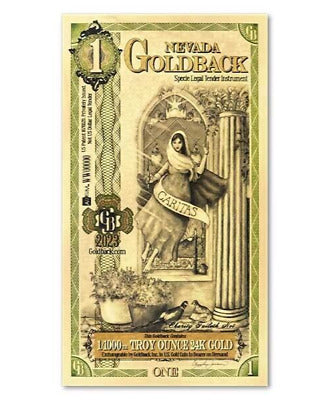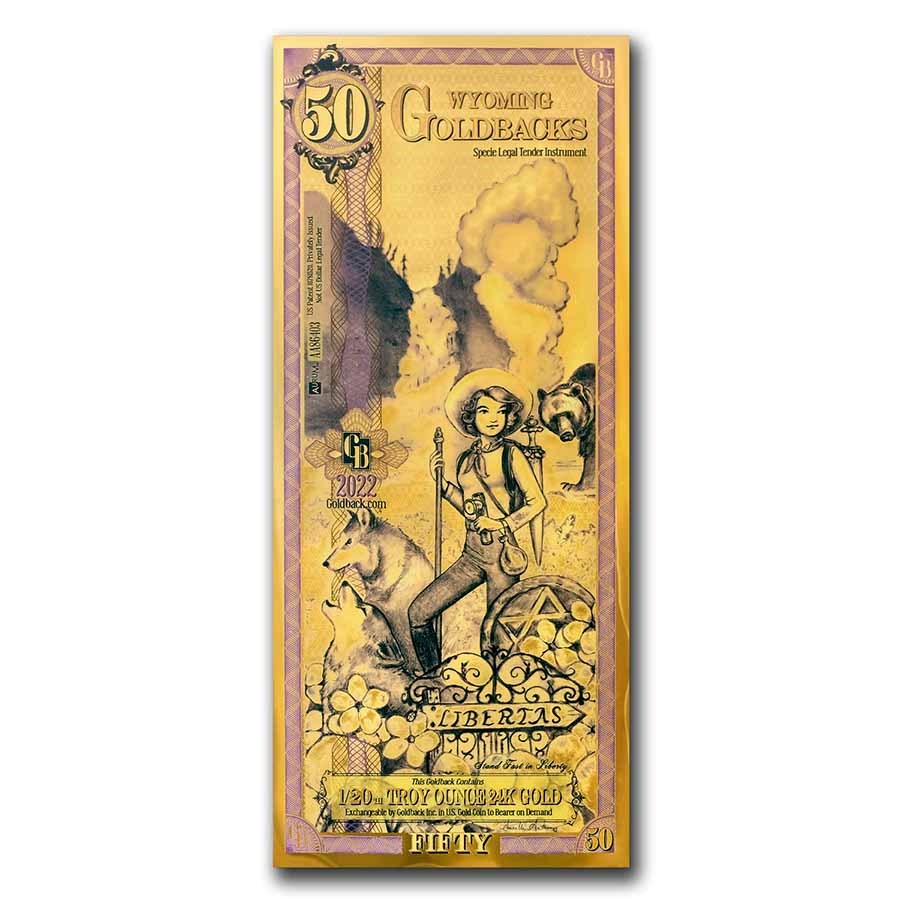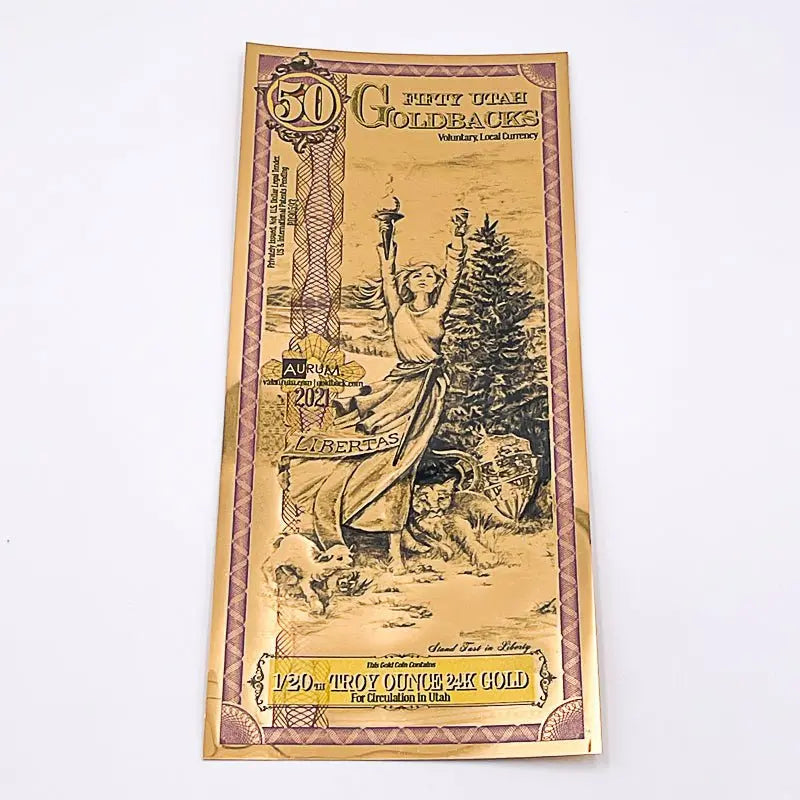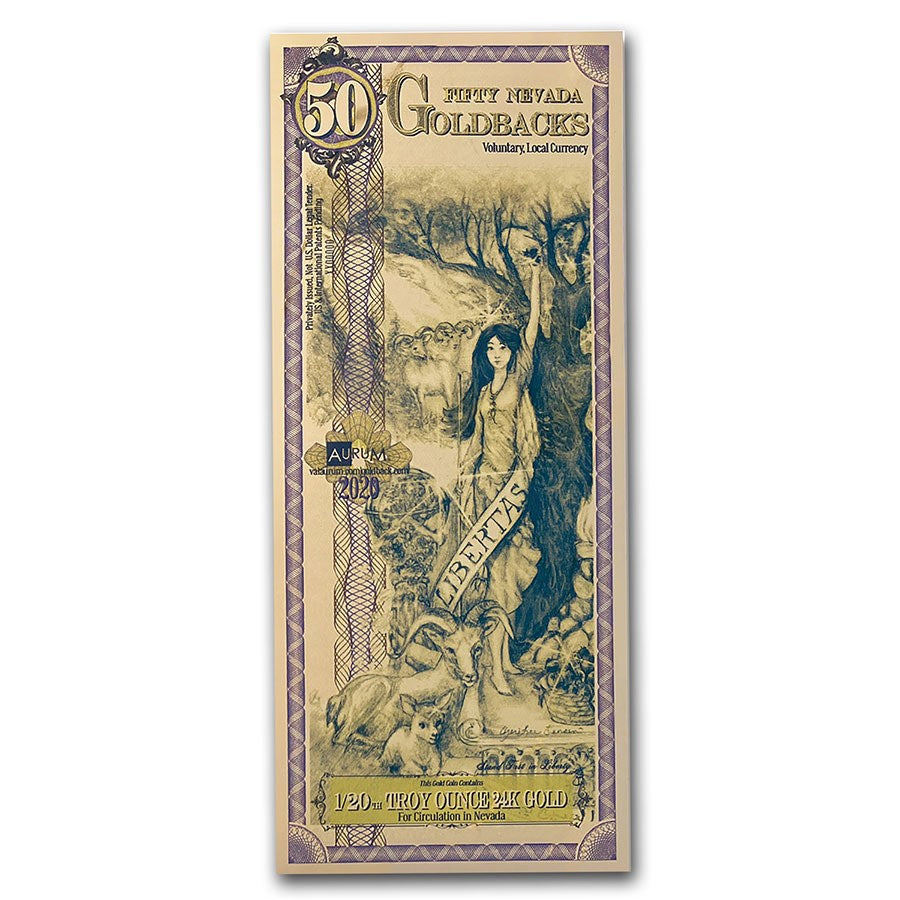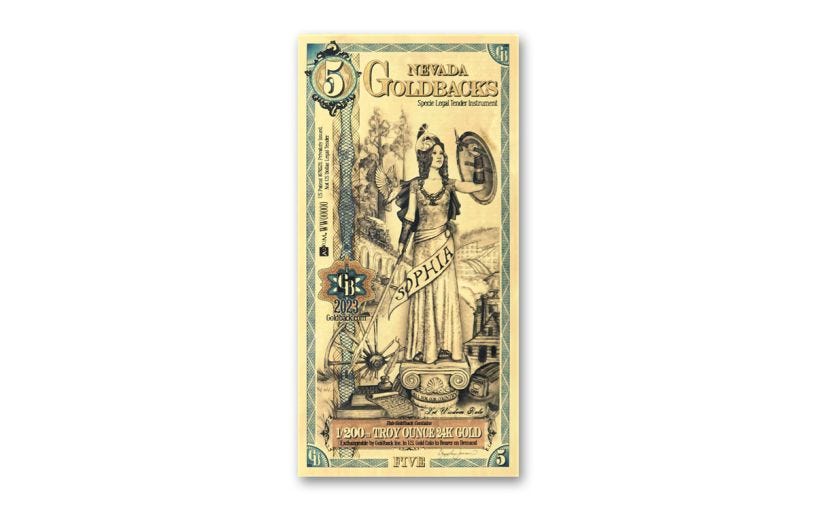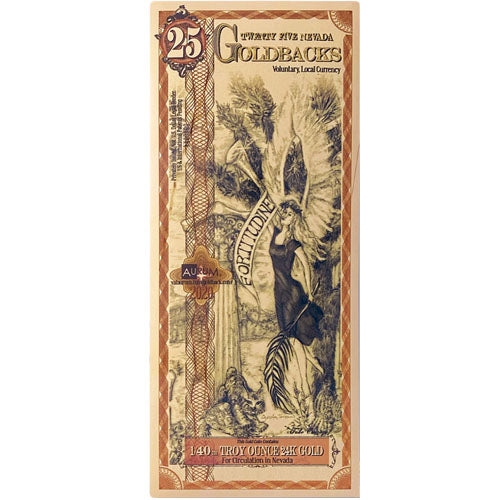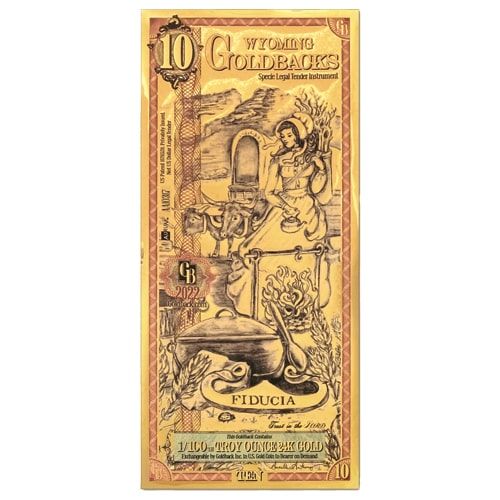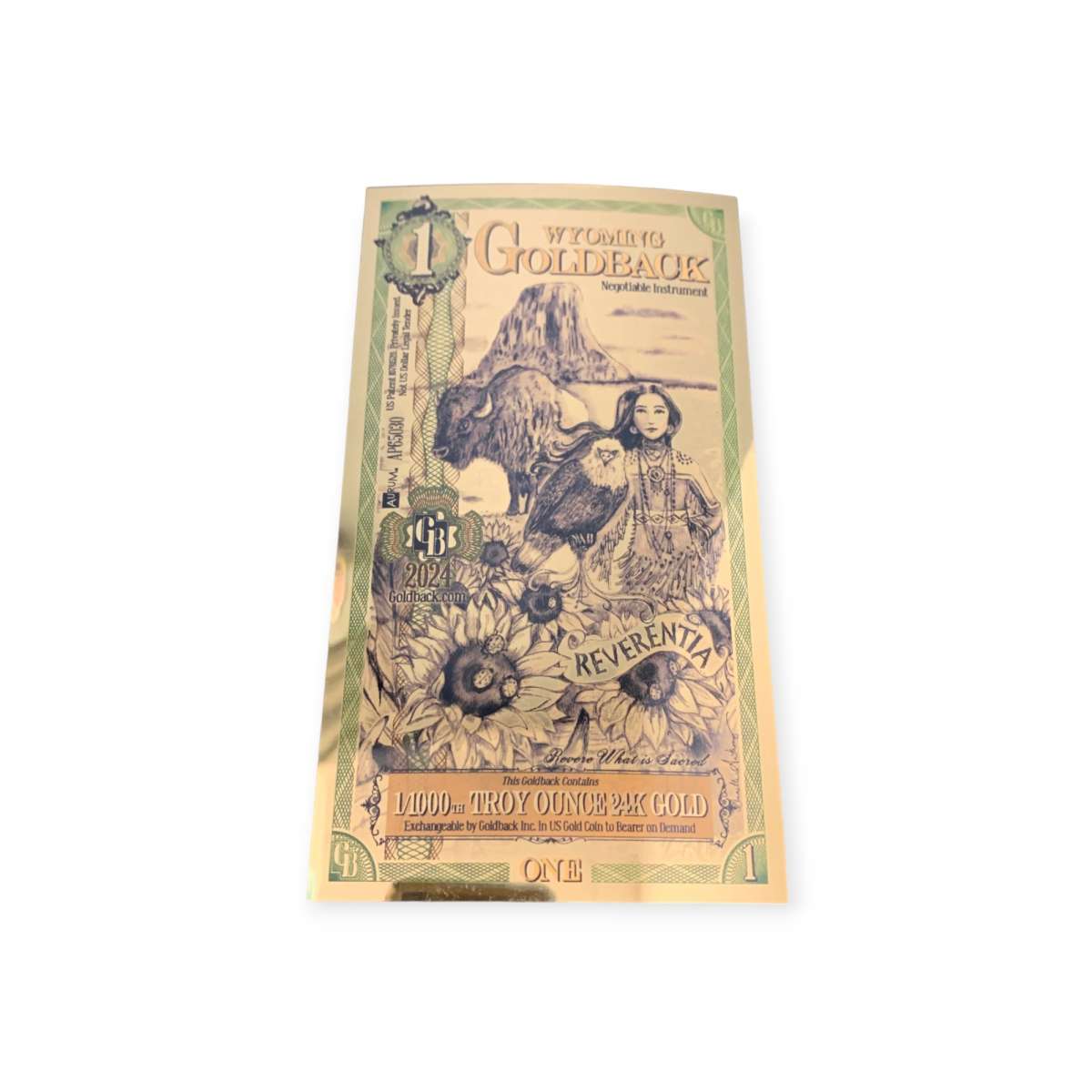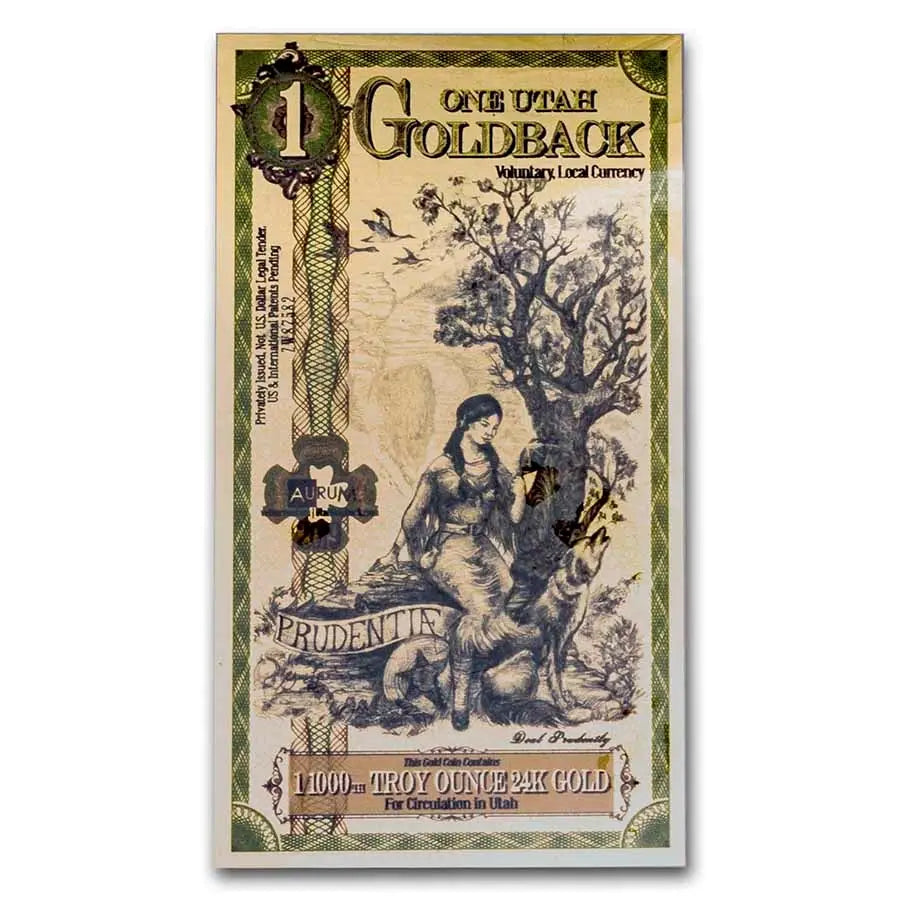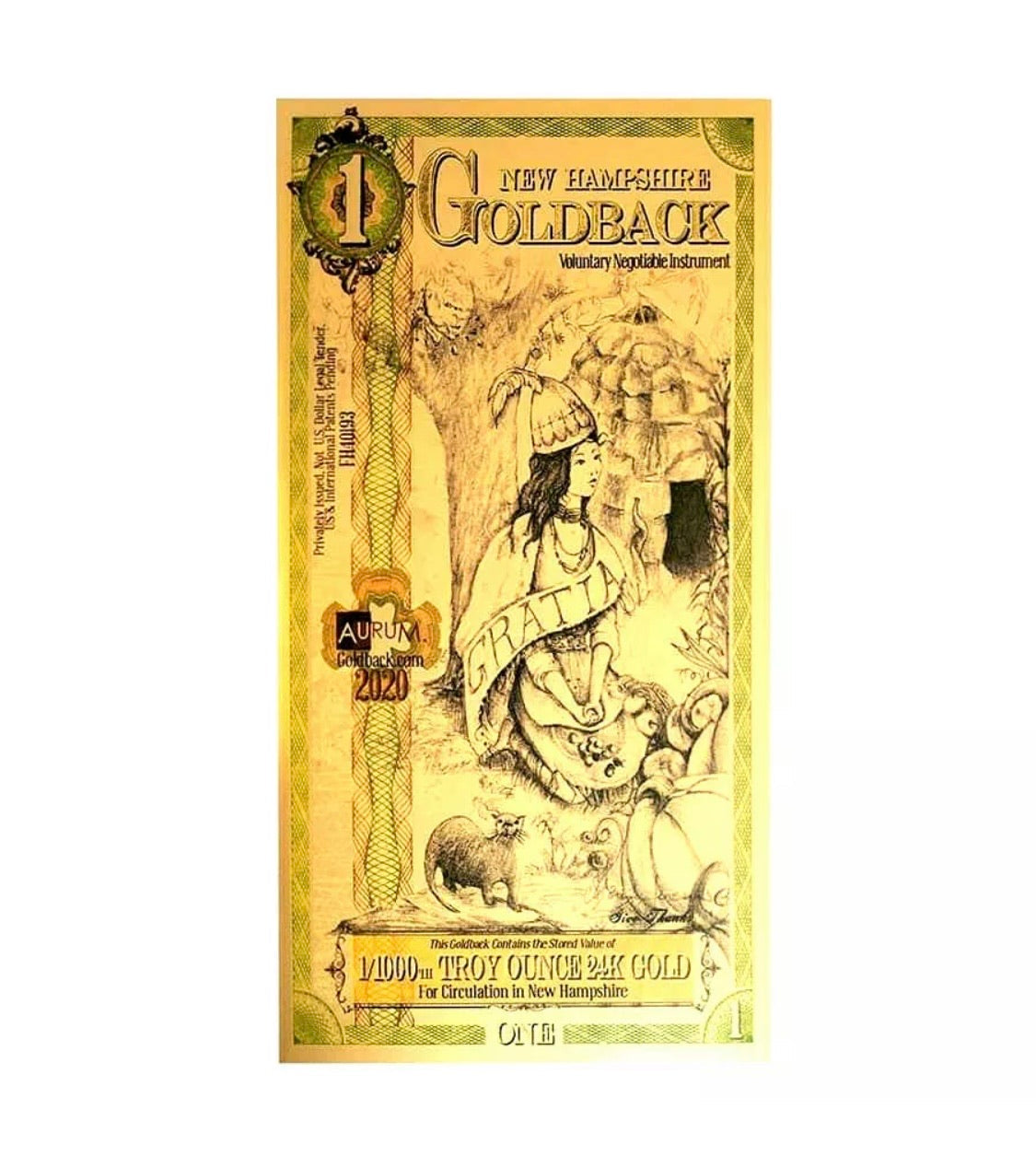
Gold relates to Circadian rhythm

Circadian rhythm refers to the natural, internal process that regulates the sleep-wake cycle and other physiological functions over a 24-hour period. It is influenced by external factors like light and temperature but is primarily controlled by the body’s biological clock, which is located in the suprachiasmatic nucleus (SCN) of the hypothalamus.
Key aspects of circadian rhythm include:
• Sleep-Wake Cycle: It determines when we feel sleepy or awake, often aligning with daylight and darkness.
• Hormone Regulation: Melatonin (which promotes sleep) and cortisol (which helps wakefulness and alertness) follow circadian patterns.
• Body Temperature: Typically, body temperature is lower at night and higher during the day.
• Metabolism and Digestion: The body’s ability to process food and regulate energy levels fluctuates throughout the day.
Gold, as a material and a concept, can relate to circadian rhythm in a few ways. Historically, gold has been associated with the sun, which is the primary regulator of the circadian cycle. The rising and setting of the sun dictate the body’s production of melatonin and cortisol, key hormones that influence sleep and wakefulness. Additionally, gold has been used in various cultures for its supposed energy-balancing properties, which some believe can promote better sleep and overall well-being. In a scientific sense, gold nanoparticles are being explored in medicine for their potential role in regulating biological processes, including those affected by circadian rhythms. Whether symbolically or practically, gold has a unique connection to the rhythms that govern human life.






